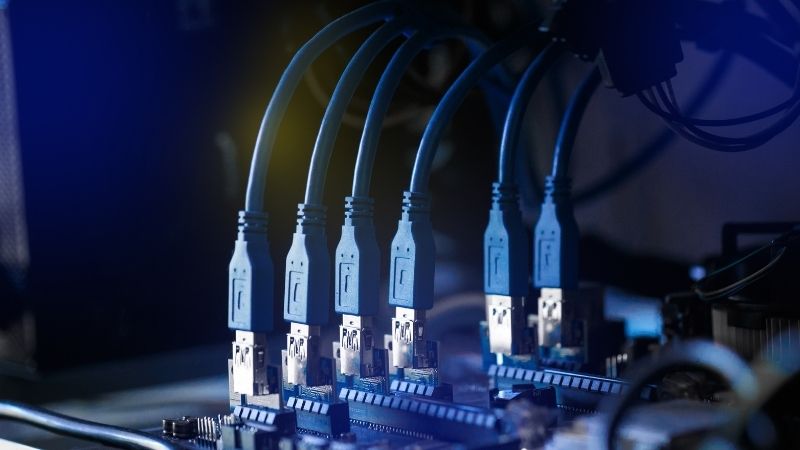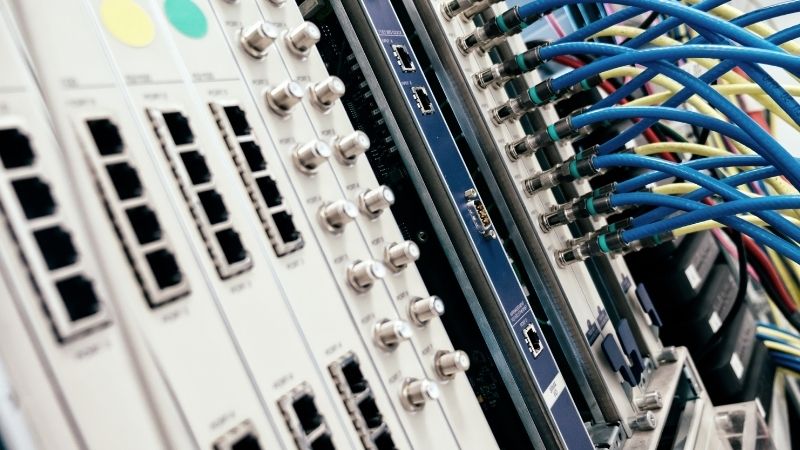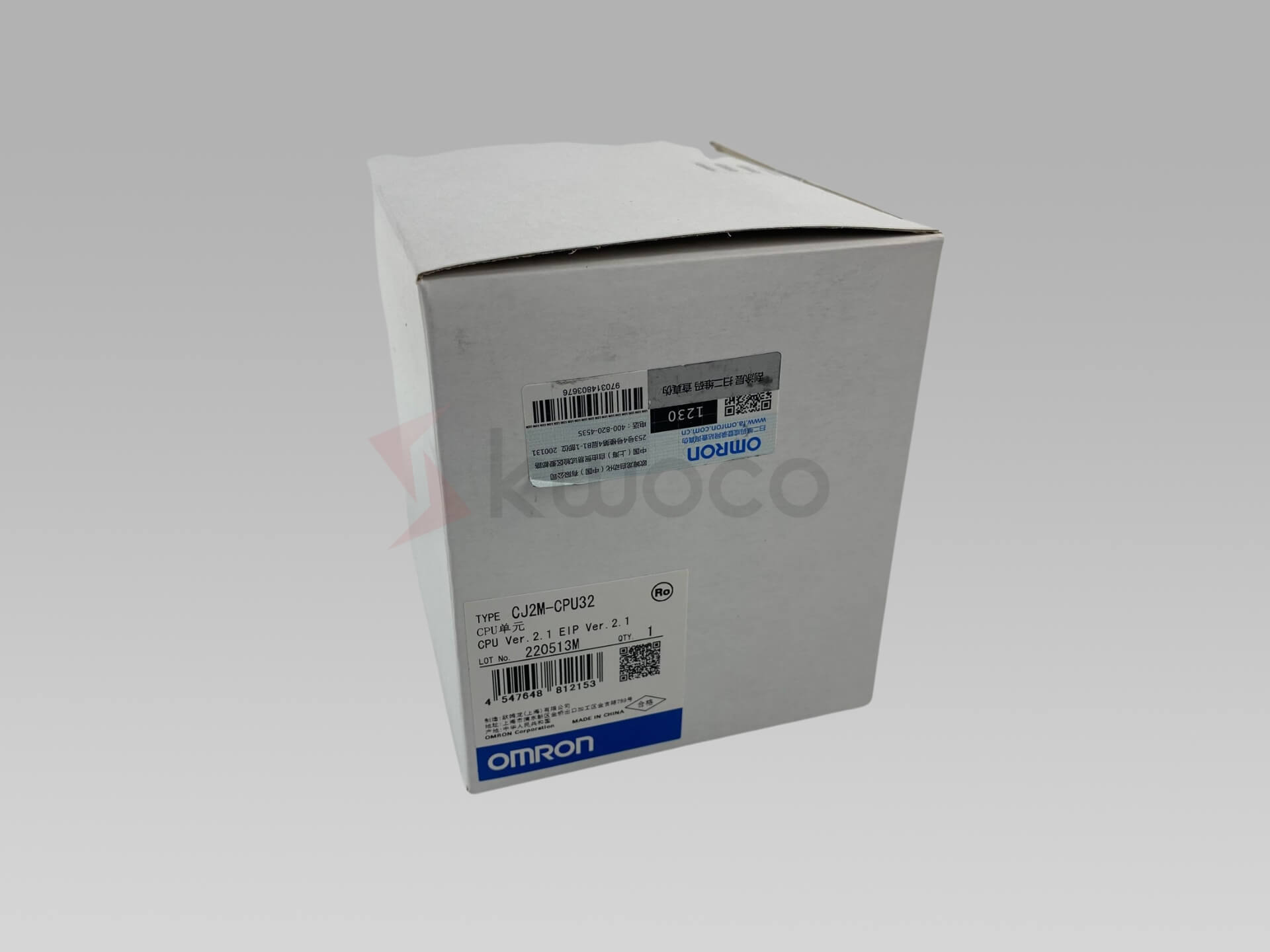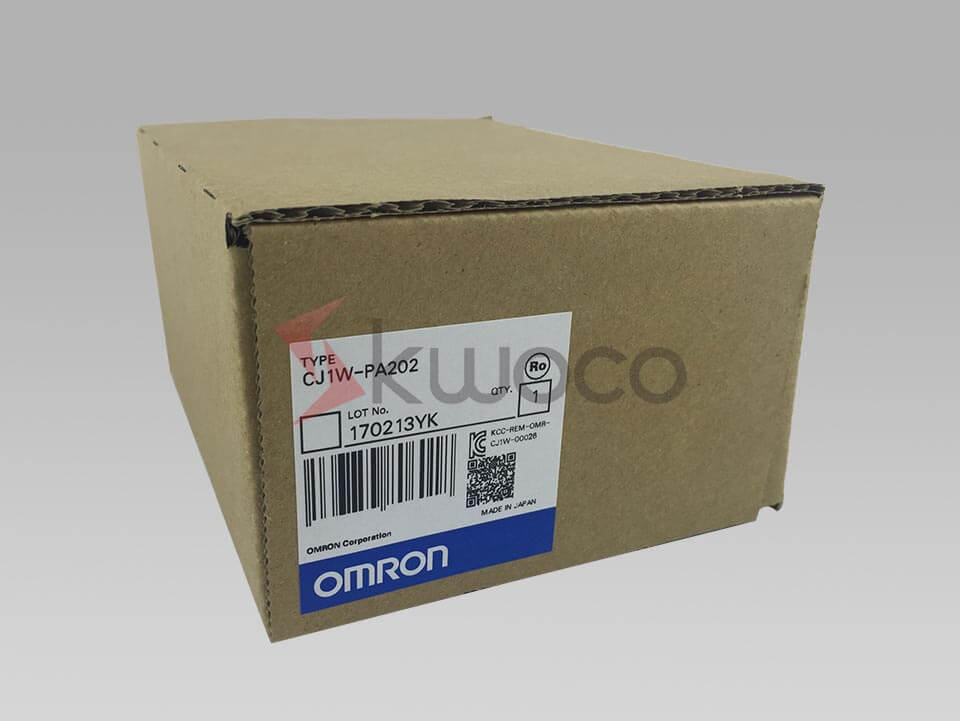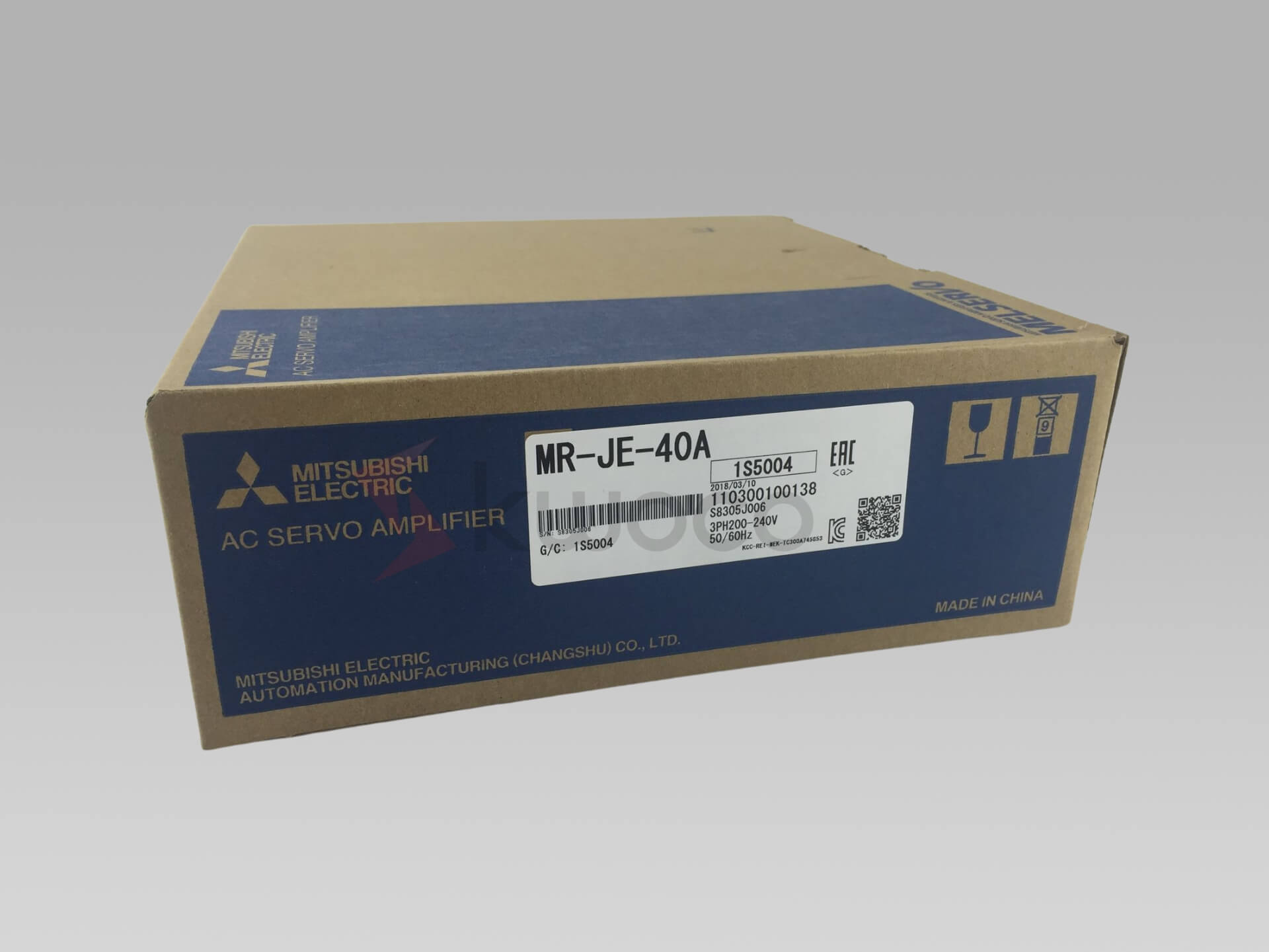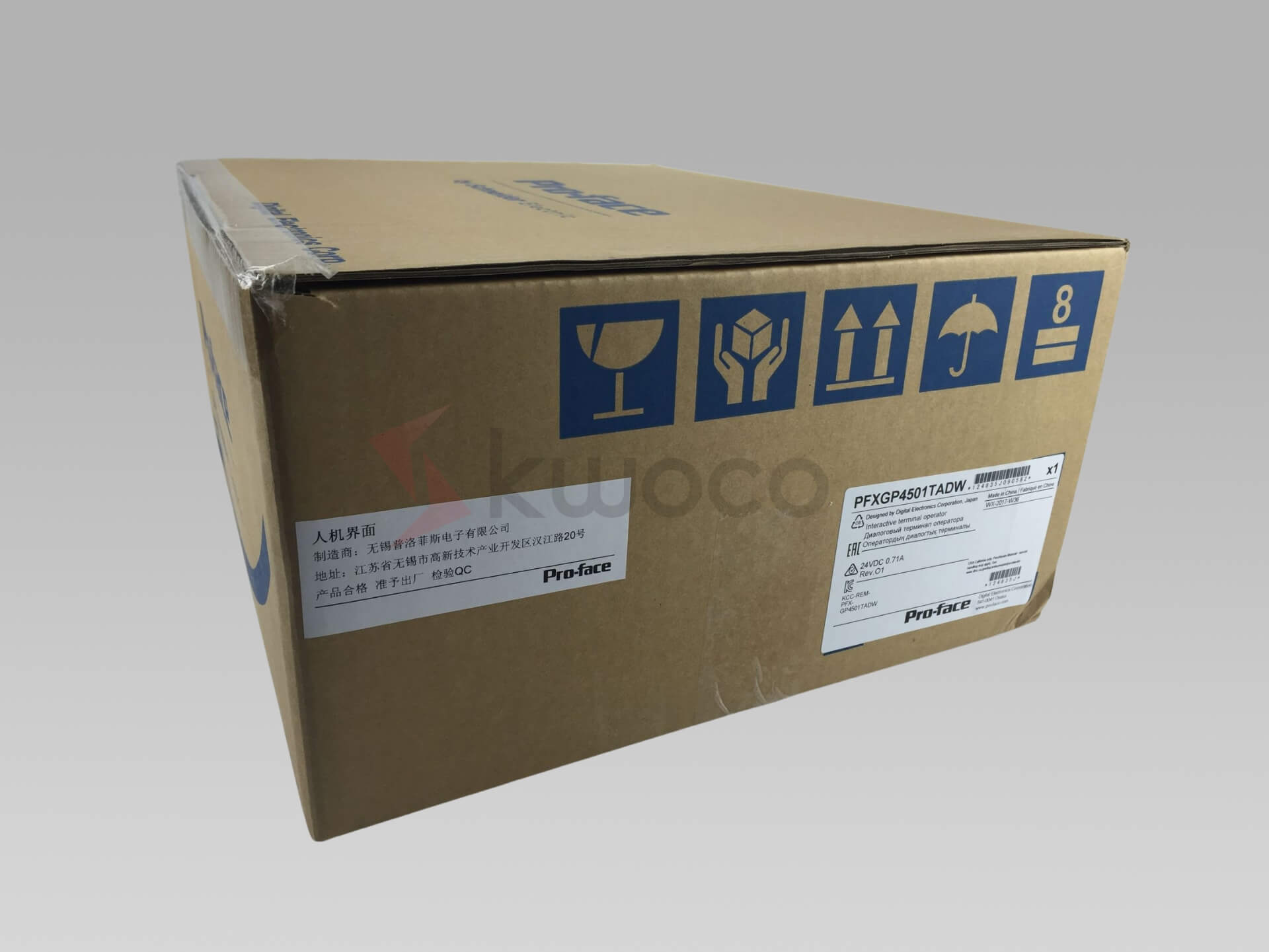What is Ethernet? Why Do We Use Ethernet in PLC?
Table of Contents
Introduction to Ethernet
Ethernet is a technology that connects wired local area networks (LANs), enabling devices to communicate through a common protocol—a universal network language. Developed in the early 1970s at Xerox PARC by Bob Metcalfe, Ethernet was designed to facilitate information exchange between computers within the same building, giving rise to the term LAN, or “Local Area Network.”
The Origins of Ethernet
Initially, Ethernet utilized simple coaxial cables to connect all computers together. This setup allowed any device to transmit messages, known as “Ethernet frames,” over the wire at any time.
Other devices on the network would listen and process frames addressed to them. This straightforward system minimized wiring but introduced the possibility of data collisions when two devices transmitted simultaneously.
How Ethernet Works
To address data collisions, Ethernet employed the “Carrier Sense Multiple Access with Collision Detection” (CSMA/CD) algorithm. This method allowed devices to sense the carrier and avoid transmitting when another device was sending data, improving network reliability.
Despite early misconceptions about its unpredictability, Ethernet proved to be a dependable networking technology and eventually became the de facto standard for local area connectivity.
Evolution from Coaxial Cables to Star Topology
As technology advanced, Ethernet evolved beyond its original shared medium setup. The introduction of Ethernet switches in the mid-1990s transformed network topology from a bus to a star configuration.
Each device now connects to a central switch via dedicated wiring, which relays frames to the appropriate destination. This development enhanced Ethernet’s plug-and-play capability and significantly improved its performance and scalability.
Ethernet in Modern Networking
Today, Ethernet refers both to the basic networking technology involving switches and to the Ethernet frame format used to encode messages transmitted over networks.
While Ethernet remains primarily a wired technology, it interoperates with wireless technologies like Wi-Fi at higher networking layers, even though they use different frame formats at the physical and data link layers. Ethernet’s simplicity and versatility have led to widespread adoption across multiple domains.
Advanced Features of Ethernet
Over the years, Ethernet has incorporated advanced features like the Ethernet Operations, Administration, and Maintenance (OAM) standard.
These enhancements enable professional telecommunications applications and sophisticated network management, solidifying Ethernet’s position as a robust and adaptable networking solution.
Ethernet and PLCs
In industrial settings, Ethernet plays a crucial role in connecting PLCs and other control devices. EtherNet/IP, for instance, utilizes Ethernet packets with the Common Industrial Protocol (CIP), TCP/IP, and UDP layers to facilitate data exchange between controllers and devices like flow transmitters. This integration allows for efficient communication and control within industrial networks.
Why Use Ethernet in PLCs?
Employing Ethernet in PLCs offers numerous benefits, including standardized communication protocols, high data transmission speeds, and the ability to integrate with existing network infrastructure. Ethernet-enabled PLCs can easily communicate with other devices on the network, simplifying system architecture and reducing costs associated with proprietary networking solutions.
Power your projects with brand-new, original Omron, Mitsubishi, Schneider PLC – in stock, ready now!
Conclusion
Ethernet’s journey from a simple coaxial cable system to a cornerstone of modern networking exemplifies its adaptability and enduring relevance. In the industrial automation landscape, Ethernet’s integration with PLCs has streamlined communication processes, enhanced system efficiency, and opened new possibilities for control and data management.
Its widespread adoption underscores Ethernet’s fundamental role in connecting the world’s networks, both in office environments and industrial settings.
Looking for new, original PLCs for your projects? At Kwoco, we stock the latest PLCs from top brands like Omron, Mitsubishi, and Schneider. Shop with confidence—fast shipping, guaranteed quality! Buy Now
Contact Us
Just fill out your name, email address, and a brief description of your inquiry in this form. We will contact you within 24 hours.
You May Also Find These Topics Interesting
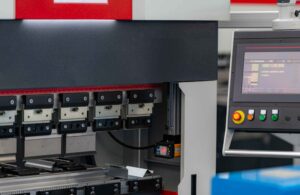
A Buying Guide for Mitsubishi PLCs
Are you feeling confused about choosing the right Mitsubishi PLC for your project? It’s normal to feel overwhelmed when faced with numerous models and specifications.
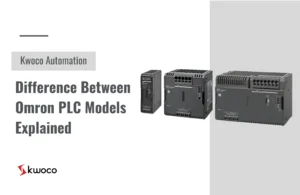
Difference Between Omron PLC Models Explained
Difference Between Omron PLC Models Explained Are you struggling to decide which Omron PLC model best fits your project needs?

What is The Purpose of a Servo Motor?
Servo motors have become indispensable in modern industrial applications, offering unparalleled precision and control. Whether it’s in robotics, automation, or any system requiring exact movements, servo motors are at the heart of it all. In this article, we’ll explore the purpose of servo motors, their types, and why they are crucial in various industries today.

